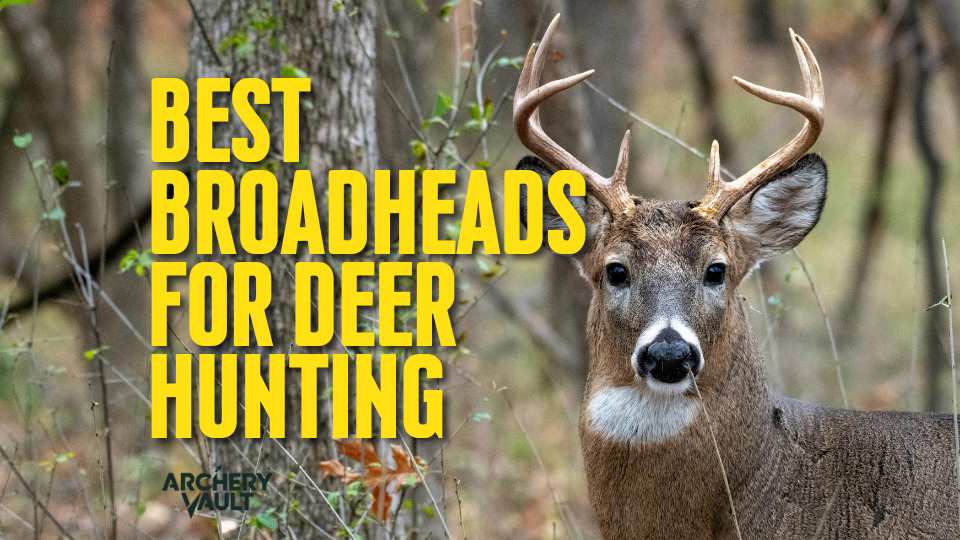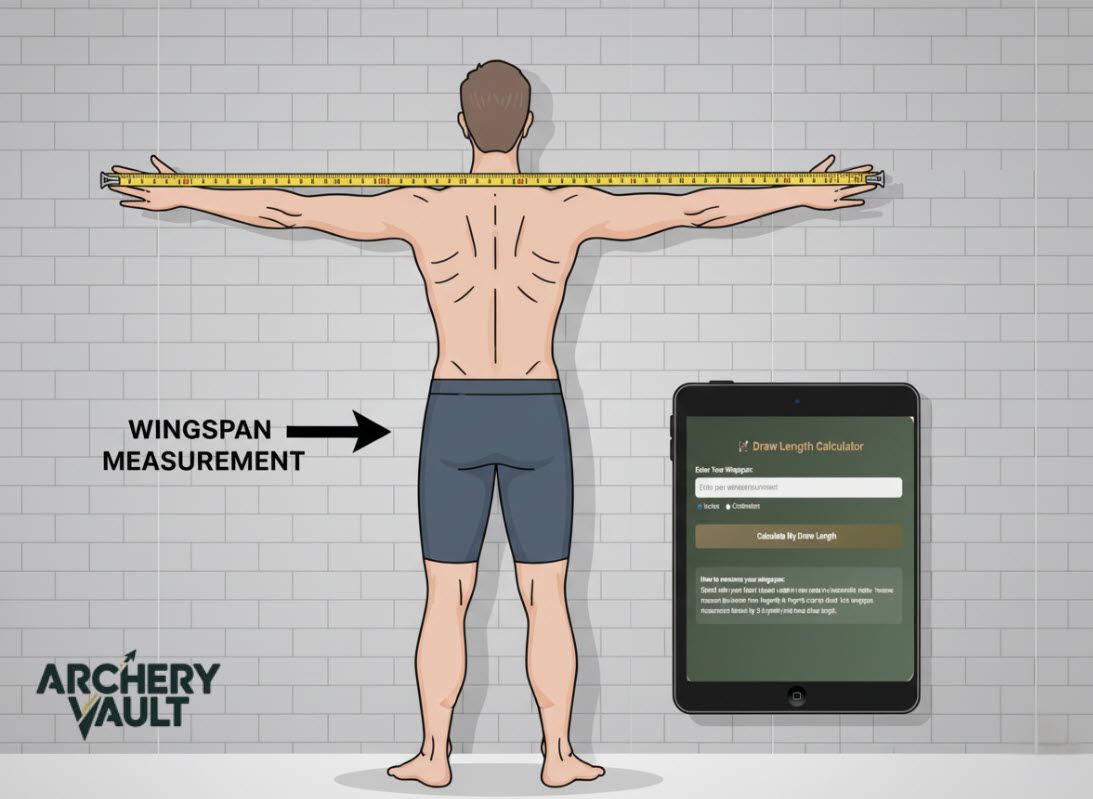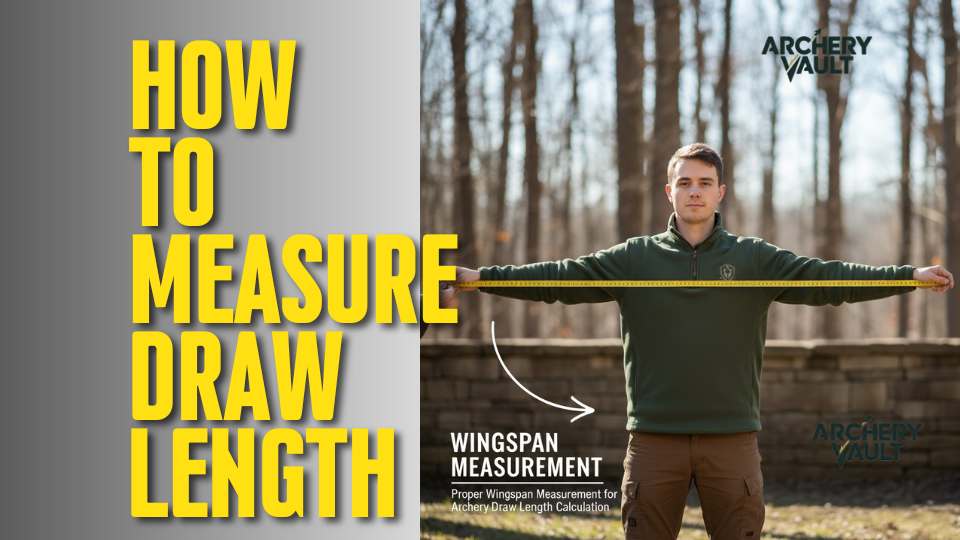I’ve killed three deer with broadheads that shouldn’t have worked and watched perfect shots fail with heads that cost twice as much. After years of testing on whitetails and talking to bowhunters who’ve actually punched tags, here’s what matters: blade sharpness, reliable deployment (if mechanical), and a design that doesn’t fall apart when it hits bone.
This isn’t every broadhead on the market. It’s the ones that consistently devastate vitals and create blood trails you can follow in the dark.
Mechanical vs Fixed Blade: What’s Actually Better for Deer Hunting?
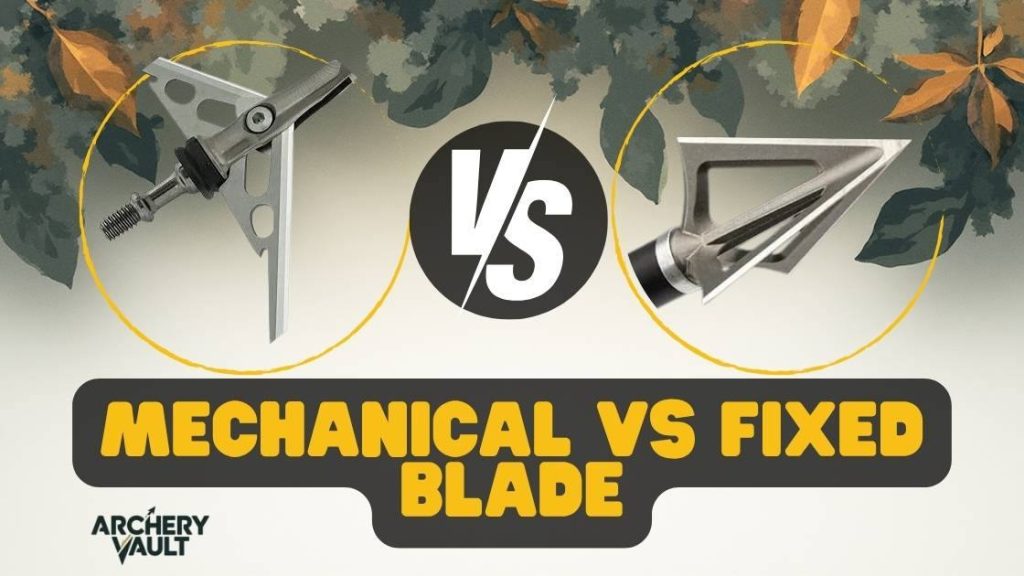
The internet will fight about this forever. Reality is simpler.
- Mechanical broadheads fly like field points, open up massive wound channels, and work great on deer-sized game if your bow has enough poundage and your arrow has proper spine.
- On the other hand, Fixed heads penetrate better through bone, never fail to deploy, and don’t require as much kinetic energy to be effective.
Running 60+ lbs with a well-tuned arrow? Mechanicals are fine.
Shooting 50 lbs or hunting in thick cover where you might hit a scapula? Fixed heads are safer.
The wound channels from quality mechanicals are impressive, but only if your bow is set up right.
For whitetail deer with good shot placement, both work. I’ve used Rage Hypodermic mechanicals that dropped does in 40 yards and fixed heads that punched completely through. Your bow setup matters more than the style.
The best mechanical broadheads deploy every single time and stay sharp through bone. That’s SEVR, Swhacker, and a few others. Cheap mechanicals with flimsy blade retention will ruin your season fast.
Best Mechanical Broadheads for Whitetails
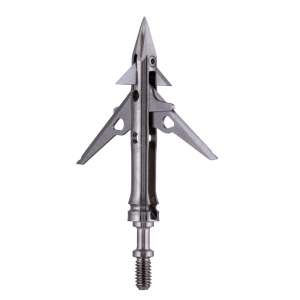
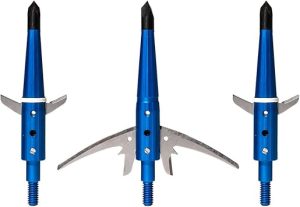
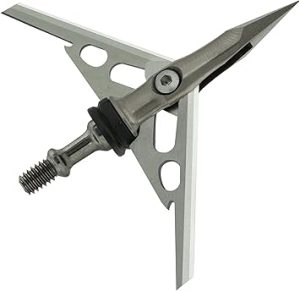
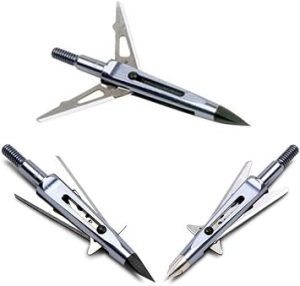
SEVR Titanium 2.0 – These things are scary sharp out of the package and the titanium ferrule keeps blade retention solid even on quartering shots. The 2-inch cutting diameter creates massive wound channels and entry holes that bleed like crazy. I’ve seen deer run 30 yards max with good hits using these. SEVR broadheads are made with tight tolerance manufacturing that ensures every head flies identically. Whether you’re shooting a compound bow or crossbow, the titanium construction holds up through bone without the blades folding back.
Swhacker Levi Morgan 2-Blade – The practice head feature is genius. Shoot the same broadhead for practice, then swap in fresh blades for hunting deer. No guessing if they’ll fly like your field points. The Levi Morgan series broadheads have the best blade deployment system I’ve tested. This is easily one of the best mechanical options for bowhunters who want field point accuracy.
Rage Hypodermic – Still the standard for devastating wound channels. The 2-inch cut diameter drops whitetails fast. Main downside is blade retention can be sketchy on hard quartering shots. Perfect for broadside opportunities on does and smaller bucks.
NAP Killzone – Another solid mechanical broadhead that’s been killing deer for years. The rear-deploying blades stay protected in your quiver until impact.
Best Fixed Blade Broadheads for Whitetail Penetration
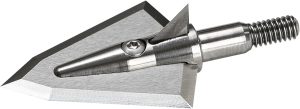
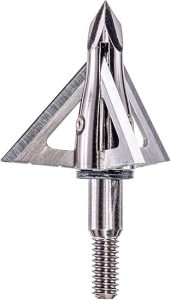
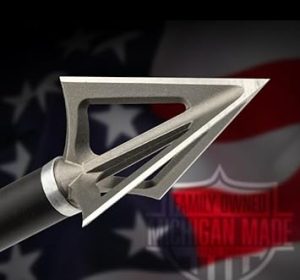
Iron Will S Series – If you want the sharpest fixed head that’ll punch through a rib and keep going, this is it. A2 tool steel blades come shaving sharp and the single bevel design creates rotation for better penetration. Expensive, but you can sharpen them multiple times. Iron Will broadheads have become the gold standard in premium fixed blade archery gear.
Muzzy Trocar – Stupid reliable. Not the sharpest out of the box, but they tune well, fly great, and the four-blade design leaves blood trails even on marginal hits. I’ve used these on crossbow setups and compound bows with zero issues.
G5 Montec – One-piece steel construction that never comes apart. You can’t break these things, and they sharpen up easily for multiple seasons of use.
Magnus Black Hornet – The micro-diameter design slips through hide and bone with less resistance. Four blades mean you’re cutting in multiple directions. They sharpen easily and cost less than premium options while still being deadly accurate.
Magnus Stinger – A budget-friendly four-blade that’s been around forever. The Stinger series has killed more deer than most hunters will see in a lifetime. Solid choice if you’re new to bowhunting and don’t want to drop $50+ on a three-pack of broadheads.
Other proven options include Ramcats with their back-cut technology.
Single Bevel Broadheads: Are They Worth It?
Single bevel heads rotate on impact, which helps them slice through tissue and bone instead of just pushing through. Iron Will Wide and Grizzly single bevel broadheads have cult followings for good reason. The rotation improves penetration on hard quartering shots.
Downside? They’re pickier about arrow setup and tuning. Your arrow spine needs to be perfect and your FOC should be in the 12-15% range for best results.
For straight broadside shots on whitetails, the difference between single bevel and standard fixed heads is minimal. Where they shine is bad angles and heavy bone contact.
If you’re hunting bigger game or commonly take quartering-away shots, single bevel broadheads make sense. For stand hunting whitetails where you’re waiting for broadside shots, save your money.
What Grain Weight Should You Choose?
Most bowhunters shoot either 100-grain or 125-grain broadheads. The 125 grain option gives you better penetration and helps with arrow flight if your setup needs more front-of-center weight. It does cost you a few fps on arrow speed, but for deer hunting that speed loss doesn’t matter.
I run 125-grain heads on hunting arrows because the extra weight helps arrows punch through and keeps them flying straight even if I clip a branch.
Your bow and arrow setup needs to be pushing enough kinetic energy to drive that heavier broadhead, but anything over 50 lbs of draw should handle it fine.
Field point practice is critical. Whatever grain weight you hunt with, practice with the same weight field points so your sight pins are accurate when deer season opens.
Every serious hunter needs to verify their broadheads fly the same as practice points before filling their quiver for the season.
Blade Count: Two, Three, or Four?
More blades mean more cutting and potentially better blood trails, but they also create more drag which can hurt penetration. Two-blade mechanicals like the best Swhacker models open up huge diameter cuts with less resistance. Three-blade fixed heads balance cutting with penetration. Four-blade designs like Muzzy Trocar and Magnus Black Hornet create multiple wound channels.
For whitetail deer, all three work. I prefer three or four blades on fixed heads because even if one blade hits bone weird, you’ve got others cutting vitals. On mechanicals, two blades opening to 1.5-inch or 2-inch cutting diameter drops deer faster than I’ve seen with three-blade designs.
The Sharpest Broadheads and Why Blade Retention Matters
The sharpest broadhead that falls apart on impact is worthless. Same for a dull tank that won’t cut through hide properly. You need both. Premium options like SEVR and Iron Will come razor sharp and stay together through bone. Budget options often need work with a sharpener before they’re truly ready.
Test blade retention by pressing the blades against a block of wood. They shouldn’t wiggle or feel loose. Sharpen any broadhead that won’t shave arm hair. Your shot placement might be perfect, but a dull blade creates smaller entry holes and weaker blood trails.
I’ve seen whitetails run 200 yards with lung shots from dull broadheads and drop in 50 yards with sharp ones hitting the same spot. Sharpness is the difference between finding your deer before dark and searching with a flashlight.
The Bottom Line: Best Broadheads for Deer Hunting
When you’re choosing the best broadhead for deer hunting, fixed or mechanical both kill deer dead if they’re sharp and your shot hits vitals. Match your broadhead to your bow setup, practice with field points that weigh the same, and make sure everything tunes properly. The most accurate broadhead is the one that flies like your practice arrows and stays together when it matters.
The best broadheads for deer hunting aren’t always the most expensive. They’re the ones that match your shooting style, stay sharp, and deploy reliably. Whether you choose a mechanical broadhead like SEVR or a fixed blade like Muzzy, what matters is confidence in your gear when that buck steps out.
Buy quality, keep them sharp, and don’t overthink it. Whitetails aren’t bulletproof.
Key Takeaways:
- Mechanical broadheads need 60+ lb bows for reliable performance on deer
- Fixed blades work at lower poundage and penetrate better through bone
- 125-grain broadheads improve penetration without sacrificing much speed
- Blade sharpness matters more than cutting diameter for clean kills
- Single bevel designs help on quartering shots but aren’t necessary for broadside opportunities
- Always practice with field points matching your broadhead weight

